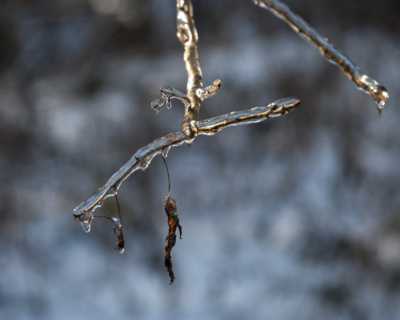Create Blurry Backgrounds to your photos
Here is how to Create Blurry Backgrounds to your photos.
Do you struggle to capture beautiful, blurry backgrounds in your photos? If so, you need to know how to create bokeh with your camera. Bokeh refers to the out-of-focus areas of your image. In this article, you’ll discover what bokeh is, what causes it, and how to create a stunning bokeh background in your photos. The word used is bokeh.
The word “bokeh” originates from the Japanese word “bokeh” which means “blur”. In photography terms, it refers to the out-of-focus regions of a photo. However, bokeh isn’t the blur itself; it’s the quality of the blur, and in particular, how out-of-focus points of light, or highlights, are rendered in the photo.
A bokeh background can come in many different forms. It can be a smooth and almost featureless blur, as shown in the photo below, where it provides a subtle background to the subject.
The shape of the bokeh is caused by the number of blades on the lens diaphragm and their shape. The more blades the lens diaphragm has, the more circular the bokeh will appear. Straight-edged blades give a more angular bokeh, and curved blades give a more circular bokeh.
Having good quality bokeh is especially important for types of photography that rely on a shallow depth of field.
To make good Bokeh you will need the following.
1 The correct lens
Bokeh is not caused by camera, but the lens. Due to their design, different lenses produce different types of bokeh. Therefore, you’ll find some of your lenses create better bokeh than others.
Generally speaking, you’ll get the best bokeh with prime lenses (those with a fixed focal length) with large maximum aperture sizes – e.g. f/1.2, f/1.4, f/1.8, f/2.0, f/2.8.
2 Wide Aperture
Since your main priority is your chosen subject, choose the widest aperture which provides enough depth of field to keep your subject in sharp focus.
Remember that, confusingly, a wide or larger aperture has a small f/stop number, e.g. f/1.2, f/1.4, f/1.8, f/2.0, f/2.8, whereas a small aperture has a large f/stop number, e.g. f/8, f/11, f/16 or f/22.
3 Zoom in
Bokeh can be achieved at any focal length, but if you’re struggling to get a strong bokeh effect, try zooming in more, or using a lens with a longer focal length.
If zooming in means you can’t fit your subject in the frame, move further away from your subject and re-shoot.
4 Get close
Another tip for increasing the strength of your bokeh is to get much closer to your subject. This won’t work for all subjects, but it’ll give you a shallower depth of field and increase the intensity of the background bokeh.
Here are some samples:
Here is a short cut.
- Fast aperture is best (at least f/2.8)
- Use fast prime lenses.
- Long focal length creates more extreme bokeh.
- Shoot lenses wide open.
- Increase distance between subject and background.
- Move closer to your subject.
- Take close-up portraits and macro images in nature.
- Use a backlight, side light, or hair light.
This link has more. https://charlottebell.com/profession-portrait/
Also check out this site: https://www.creativelive.com/photography-guides/creating-bokeh-backgrounds


